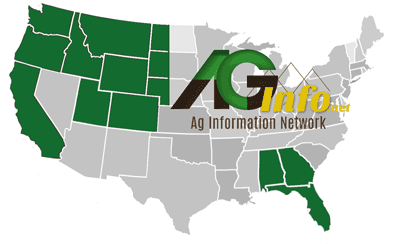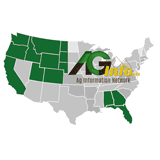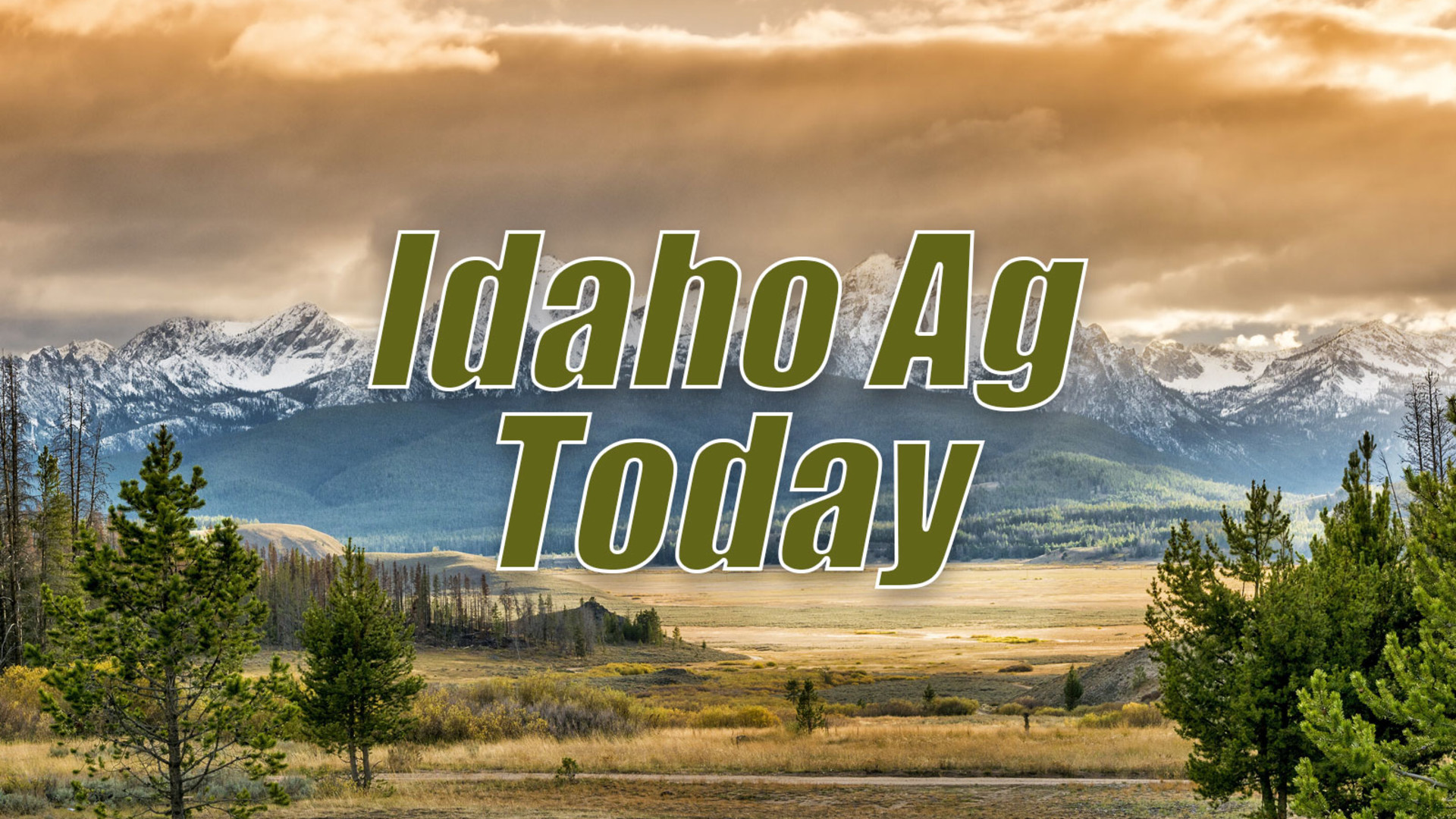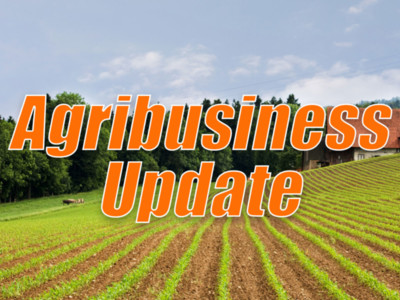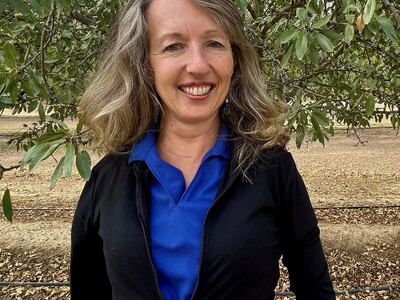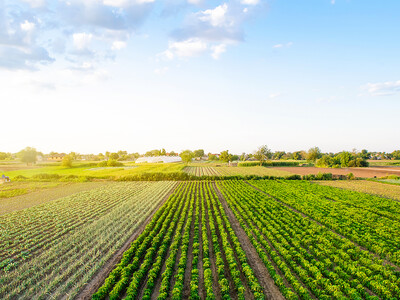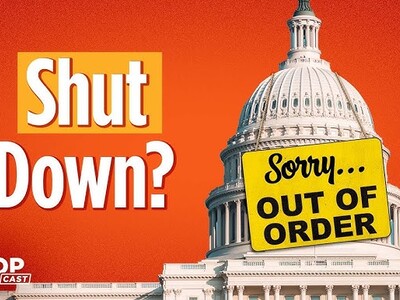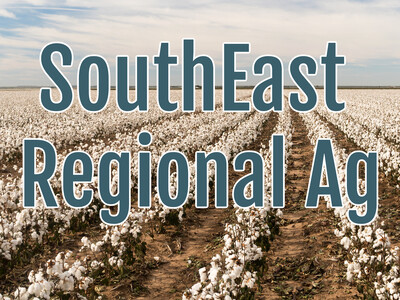12-17 FB Grazing & Fire
Grazing Cheatgrass
In a panel discussion on grazing and wildfire trends recently hosted by the Idaho Cattle Association (ICA), Dr. Karen Launchbaugh of the University of Idaho said that cheat grass is fire’s chief fuel in most cases in the West. Launchbaugh said that livestock grazing is a key to preventing rangeland loss due to wildfires. “When fire hits a grazed area, flame length goes way down and it essentially puts itself out,” Launchbaugh said. “I would bet my Ph.D. that early grazing decreases cheat grass.” She added a warning that heavy grazing in very dry conditions late in the year can benefit future cheat grass growth and provide more fuel for future fires.
Dr. Barry Perryman of the University of Nevada-Reno said that if properly managed, cheat grass can be used to livestock producers’ advantage. He tried to dispel the notion that cattle won’t eat dry cheat grass and said that cattle can maintain their weight and body conditions while grazing on fall cheat grass. He said that grazing cheat grass in the fall helps maintain the health of native perennials, which burn less readily than cheat grass. Here’s ICA spokesperson Jessie Thompson with an interesting side benefit related to the economy: “Grazing is absolutely a service because wildfires are so expensive combat and so being able to get ahead of those and having a chance to lessen that is huge not only for cattle producers but for the economy of the state.”
